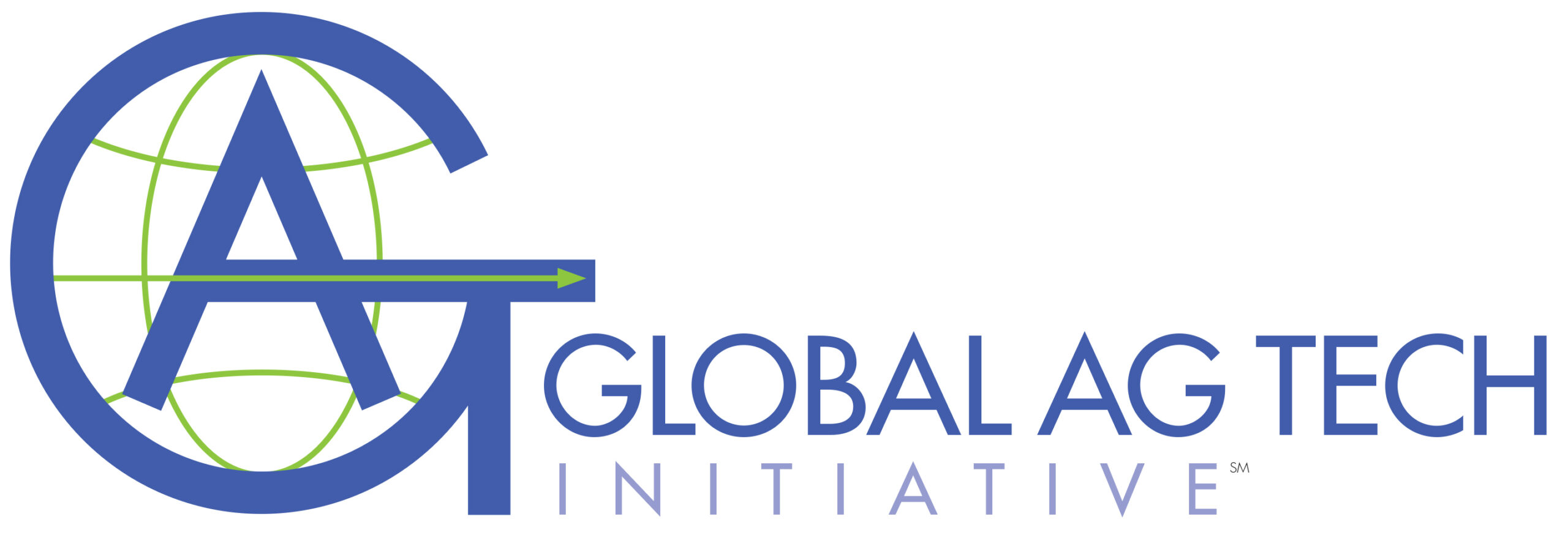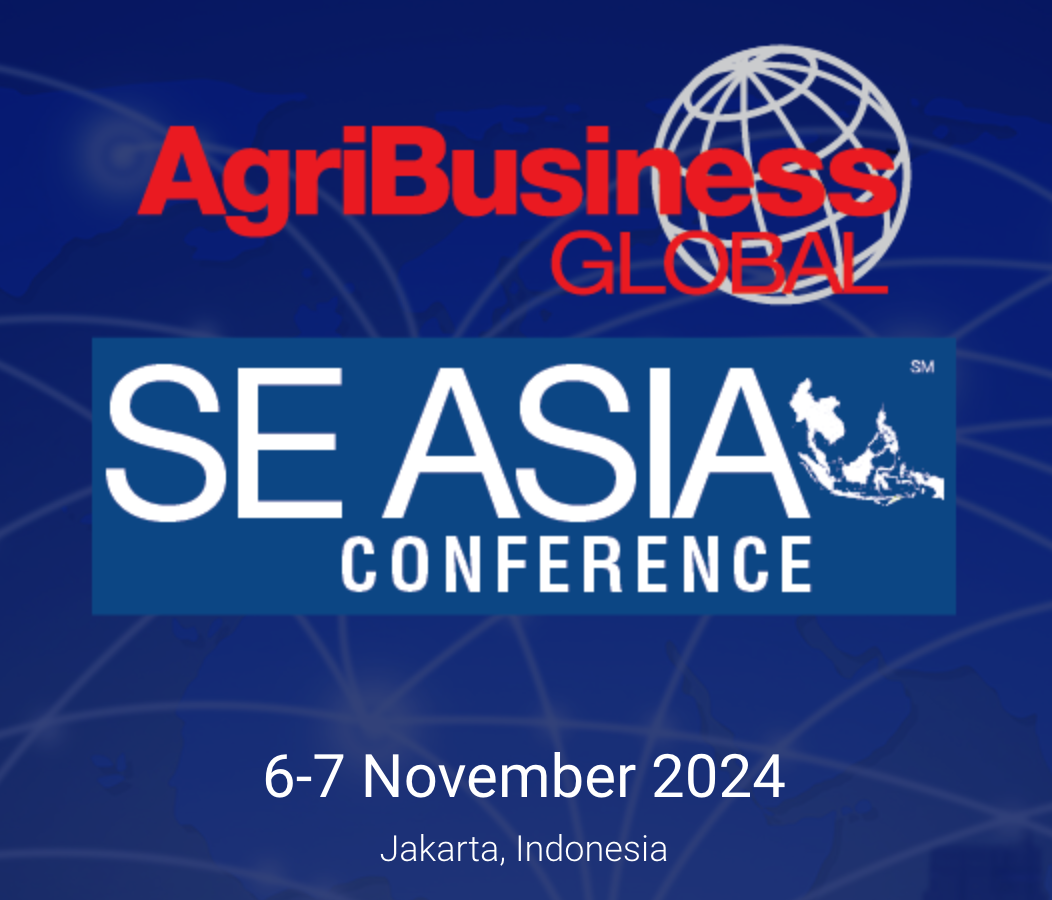From The Editor
Scroll Down to Read
 |
Renee Targos Editor |
Can Ag Technology Save the Day for Formulation?
If you read my editorial in AgriBusiness Global DIRECT’s July issue, it covers discussions I am hearing from different regions around the world. It’s all about the EU’s bans on certain synthetic products, the influence this is having on other governments and consumers, and the problems this is causing for growers. Add on maximum residue level (MRLs) requirements for imports and other initiatives–and growers are not being set up to succeed.
With six of the 11 Southeast Asian countries ranked as Lower Middle Income by the Food and Agriculture Organization of the United Nations (FAO), this region needs as many solutions as it can get to feed its growing population. You’ll read several articles in this issue of AgriBusiness Global DIRECT that talk about the need for new formulations both in synthetic crop protection and biocontrols in this region.
While SE Asian farmers are calling for new formulations, so are growers from other regions as more products are banned in addition to climate change challenges. With so great an urgency, the time is now for streamlined formulation and getting information that can be used to help growers fight resistance, find alternatives for banned products, and expand their knowledge in using new sustainable farming strategies.
Maybe this is an opportunity for the industry to think about doing business a little differently. I talked with Aaron Magenheim, Founder and CEO of LightHouse.ag about what might need to change in the industry to speed up the process of finding solutions.

Aaron Magenheim, Founder and CEO of LightHouse.ag
“Most companies, even the large multinationals, manage their trials and any other data they get on spreadsheets, so they’re not able to track things as well as they could, nor have the data in a format that they could use for artificial intelligence,” says Magenheim. “Once the product is in the market, they do a very poor job at tracking, when and where it worked and to what extent. In order to use any of the tools that are now commercialized, we need to have the data which we don’t really have.”
Magenheim believes that if companies can start tracking materials, climate conditions, application rate, and results, then over time, this information can serve to help growers.
“If we have all of this information in data sets that we can correlate and use, then we can start layering data sets,” says Magenheim. “Then we can start using machine learning and artificial intelligence to make recommendations at first and then predict the outcome with very good accuracy over time.”
If you are interested in learning more about where ag technology is going, please check out the Global Ag Tech Initiative. It’s an international group of ag tech companies working together to discuss the development and implementation of ag tech to assist growers in the changes they are facing both politically, economically, and environmentally.
Speaking of community discussion, I hope you were at the AgriBusiness Global℠ Trade Summit on 7-8 August in Orlando, Florida. We had more than 800 attendees and 118 exhibitors doing business together. It was a great event, and we thank our title sponsors TrustChem Co., Ltd., Maxunitech Inc., and Rainbow Agro for their support to make it so successful. You can see some of the highlights in recap articles about the event covering presenters and their ideas for expanding your business. If you follow AgriBusiness Global LinkedIn, then you might have seen the live broadcast between CS Liew, Bob Trogele, and Steve Pearce. A recording of this broadcast is on the ABG LinkedIn page.
If you missed the Trade Summit and would like to attend one of our events this year, you can join us in Jakarta, Indonesia on 6-7 November 2024 for the AgriBusiness Global℠ SE Asia Conference. I would love to see you there to discuss solutions to the problems I am hearing about and get your perspective on the industry.
You can also send me an email at [email protected] with your opinions, concerns, and ideas. •


